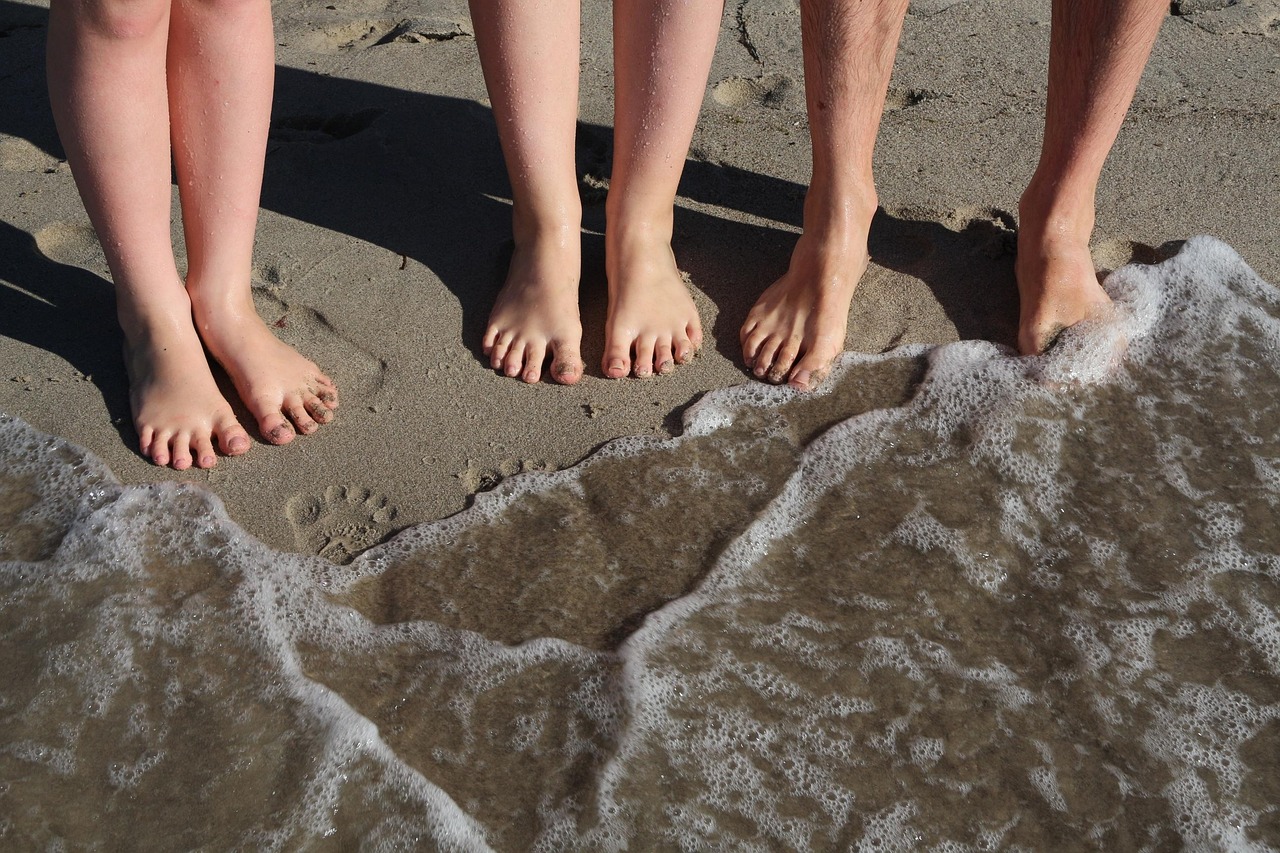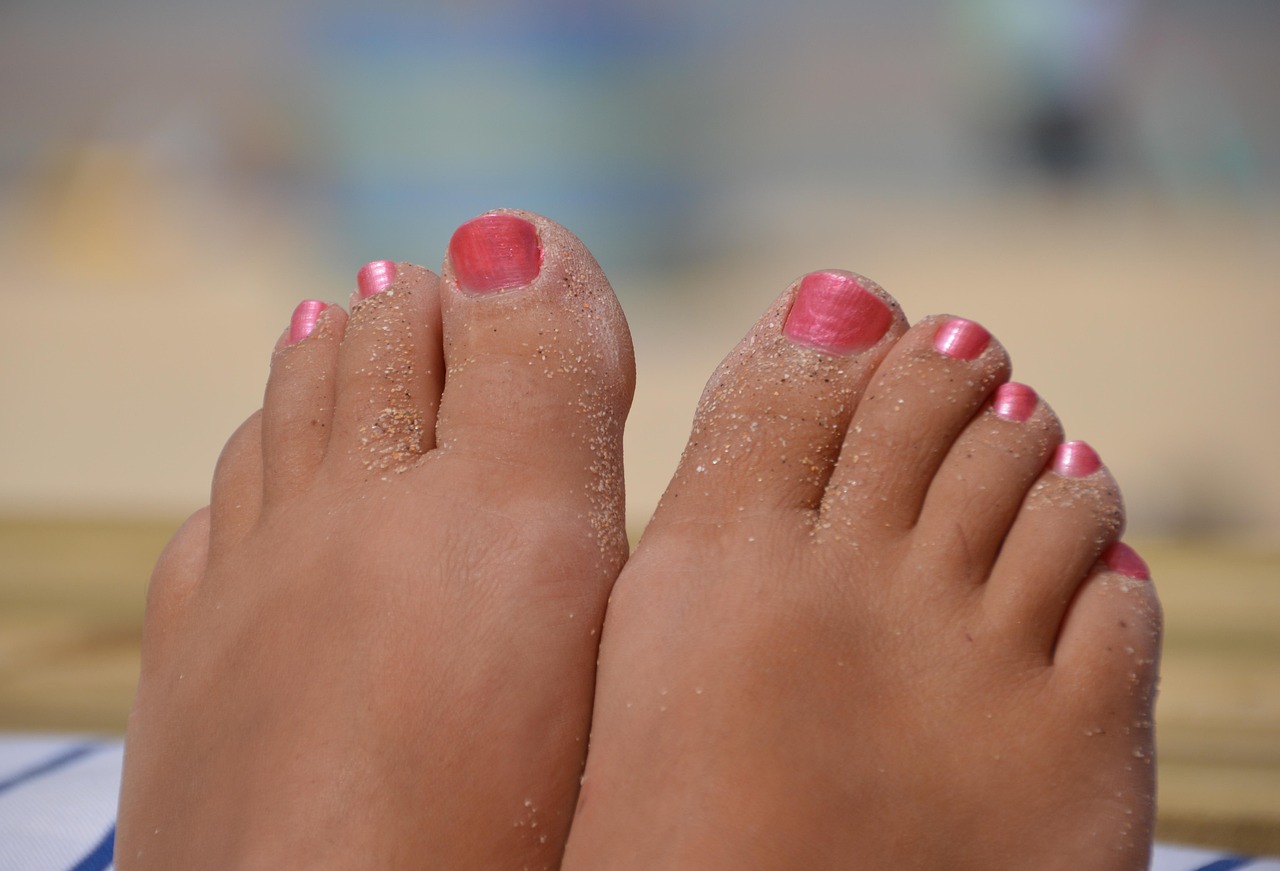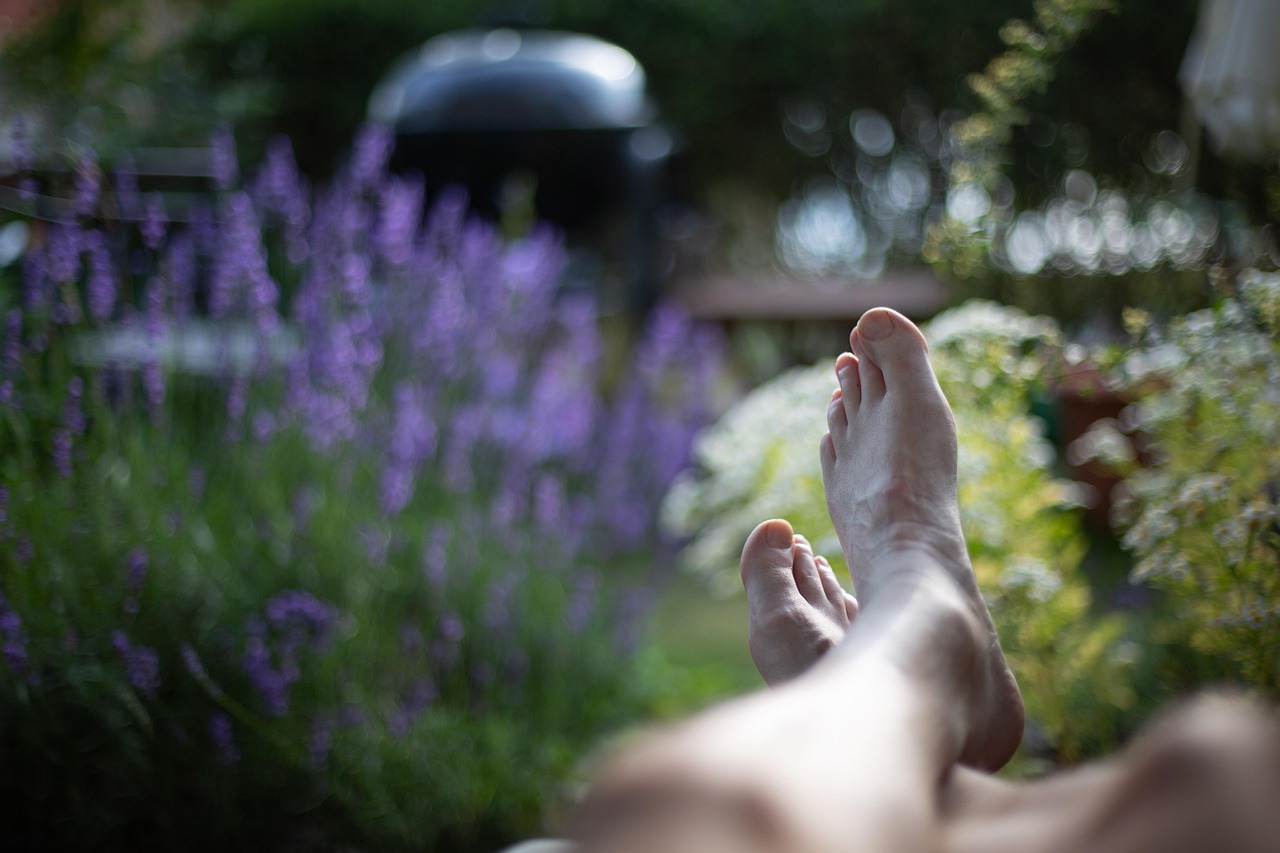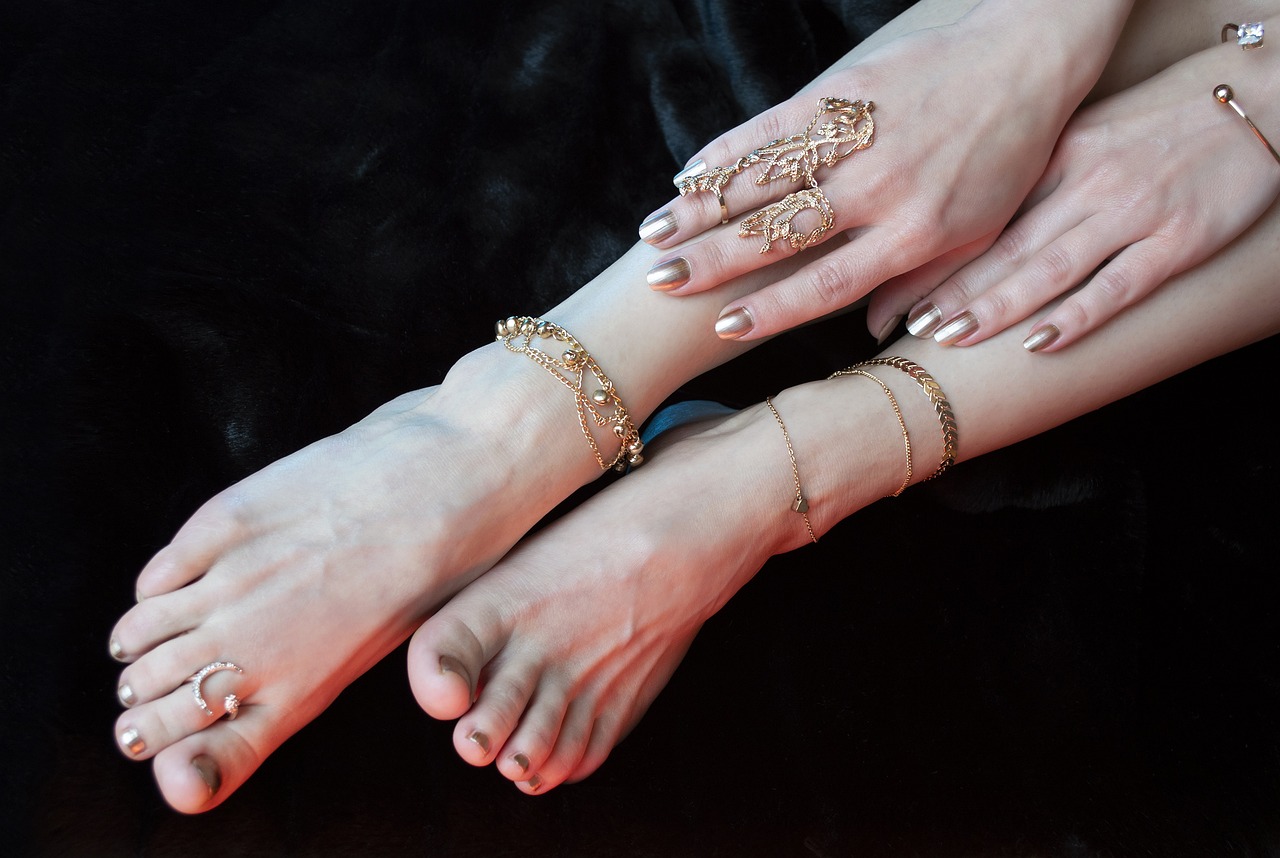Say goodbye to dry, cracked heels — and hello to sandal season.
Winter is hard on your feet. Between dry indoor heating, thick socks, and heavy boots, your heels are often left dehydrated, callused, or even cracked by the time spring rolls around. And just when it’s time to show them off in sandals — they’re not quite ready.
That’s why transitioning your foot care routine from winter to spring is essential. As temperatures rise and your footwear changes, your skin’s needs shift too. With the right steps, you can restore moisture, smooth out rough skin, and step confidently into the new season.
Let’s walk through the perfect spring heel revival plan — with help from trusted products at The Beauty Pure.
Table of Contents
Toggle❄️ What Happens to Your Feet During Winter
- Cold air + indoor heat = moisture loss
- Thick socks & tight boots = friction and sweating
- Less ventilation = increased chance of odor or fungal growth
- Neglected exfoliation = thick, hardened skin buildup
By spring, your feet may look:
- Dry or flaky
- Dull in color
- Cracked at the heels
- Prone to itching or tightness
🌸 Your Spring Foot Care Transition Plan
Here’s how to reboot your routine and get your feet spring-ready:
✅ Step 1: Start with a Gentle Exfoliation Routine
After a winter of buildup, it’s time to shed dead skin cells — gently.
- Use a pumice stone or soft exfoliating cloth
- Focus on heels and callused areas
- Avoid over-scrubbing — especially on cracked skin
- Exfoliate 2–3 times per week, not daily
🔁 Follow every session with a nourishing cream like:
👉 Lapitak Cream for Cracked Heels
– with urea, glycerin, and panthenol to repair and soften.
✅ Step 2: Switch to a Lighter Daily Cream
In winter, heavier creams help lock in moisture. But in spring’s milder weather, a lightweight, fast-absorbing formula works best during the day.
Use:
👉 Lapitak Foot Care Cream
– Ideal for morning use or on-the-go hydration.
🟢 Apply after showering or before putting on socks and shoes.
✅ Step 3: Refresh and Deodorize
Spring means more sweat and more shoes without socks. Keep your feet fresh and bacteria-free with a daily deodorizing step.
👉 Use Lapitak Foot Odor Preventing Spray to:
- Eliminate odor
- Prevent fungal growth
- Keep your shoes fresher longer
Apply before heading out or after long walks.
✅ Step 4: Transition Footwear Smartly
Avoid jumping straight from boots to barefoot.
- Start with cushioned sneakers or spring loafers
- Avoid flip-flops until your heels are fully smooth
- Use moisture-wicking socks during temperature swings
- Rotate shoes to allow proper drying and airing
💡 Your skin adjusts with your shoes — give it time to adapt.
✅ Step 5: Repair Overnight, Every Night
Even in warmer months, your feet need intense repair while you rest. Spring nights are the perfect time to build back softness.
- Apply Cracked Heel Cream
- Wear cotton socks overnight
- Repeat daily for 7–10 days for visible transformation
💡 Extra Tips for Spring Foot Success
- Stay hydrated — internal hydration = better skin
- Take short barefoot breaks (on soft indoor surfaces only)
- Use SPF on feet if exposed during outdoor activities
- Schedule a foot check: examine for any discoloration, cracks, or unusual spots
Final Thoughts: Spring Starts from the Ground Up
Your feet have worked hard all winter — now it’s time to treat them with the care they deserve. By gradually transitioning your routine with the change in season, you’ll step into spring with smoother, healthier heels that are ready for sunshine, sandals, and soft steps.
👉 Visit The Beauty Pure for dermatologist-approved heel care products to make your spring routine smoother, smarter, and more effective.





